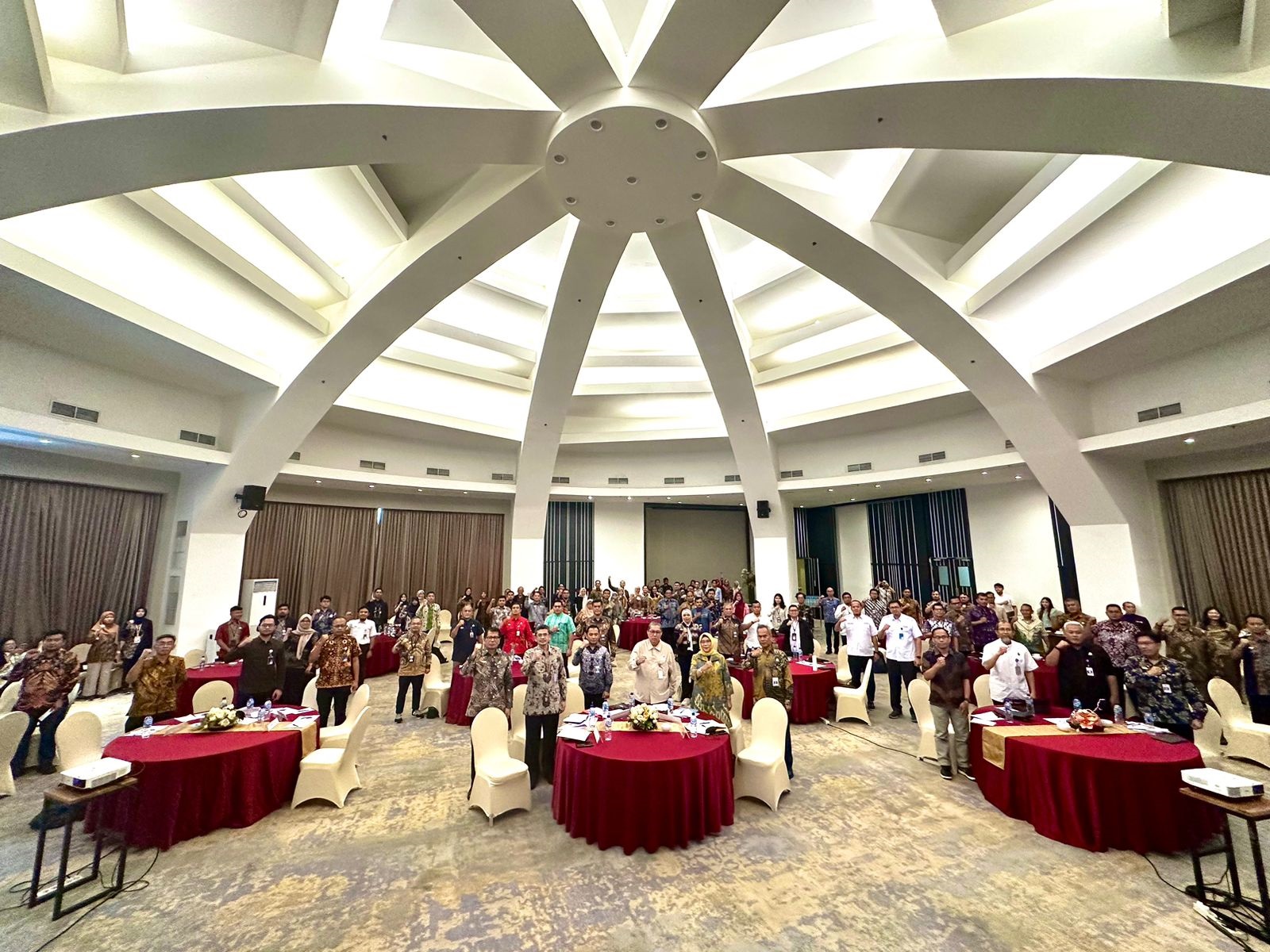Railway Service Development Projections Strategic Plan 2025-2029

Infrastructure development plays a key role in accelerating economic growth, improving community welfare, and providing public services, including public transportation services in the railway subsector.
In 2024, the preparation of the 2025-2029 Railway Strategic Plan will be carried out intensively. There needs to be collaboration and cooperation of many parties so that railway transportation services can develop massively. It is hoped that the involvement of the private sector as an innovation in infrastructure development will bring improvements in public services.
The Indonesian government provides an alternative Government Cooperation with Business Entities (KPBU) scheme as a strategy for providing infrastructure.
PT Sarana Multi Infrastuktur (Persero) (PT SMI) said that this scheme is regulated in Presidential Decree Number 38 of 2015. This was conveyed by the company under the auspices of the Ministry of Finance, in front of the ranks of the Directorate General of Railways at one of the Focus Group Discussion (FGD) agenda sessions of the Railway Strategic Plan 2025-2029 in Jakarta, Tuesday (30/4/2024).
There were four FGD material sessions. Apart from the PPP scheme, there is material about the 2025-2029 Railway Strategic Plan, then PT KAI (Persero) Service Development Plan material, and PT MRT Jakarta (Persero) Non Fare Box Strategy and Intermodal Integration material.
PPP or Public-Private Partnership (PPP) material is one solution to overcome the lack of infrastructure funding.
The government, through the Ministry of Finance, has provided various necessary facilities and support. This includes the Project Development Facility (PDF) to prepare project documents that can be accepted by the market, Viability Gap Fund (VGF) as a tool to increase the economic feasibility of the project, Guarantee to increase the credibility of the project, and Availability Payment (AP) as an investment return scheme . These are regulated respectively in PMK No. 180 of 2020, Presidential Decree no. 78 of 2010 and PMK no. 170 of 2018.
In one of the case studies of mass transportation project development presented by PT SMI, the Medan City Transportation PPP project, uses an investment return scheme with Service Availability Payment (AP).
Railway Strategic Plan 2025-2029
In the material session discussing the 2025-2029 Railway Strategic Plan, several strategic issues were presented, including the issue of the share of rail transportation which is still low and the issue of the economic superiority of trains in medium distances which is not yet maximized.
The Directorate General of Railways has policy directions to respond to issues in terms of building fast trains, increasing the efficiency of Java conurbation corridors, building inter-city trains, accessing transportation nodes and priority areas in Java and Sumatra as well as improving train infrastructure and services.
Then, to overcome the issue of the impact of congestion which hinders economic growth, limitations in metropolitan planning and institutions as well as financing of urban mass transport, the Directorate General of Railways will create a Sustainable Urban Mobility Plan, develop metropolitan transportation management institutions and develop funding integration schemes.
It is hoped that fulfilling the length of the railway network, targets and achievements of the Track Quality Index (TQI) and urban mass public transportation (SAUM) facilities can realize increased capacity, accessibility and integration in the provision of national transportation facilities and infrastructure, as well as encourage better regional economic growth.
PT KAI (Persero) Development Focus
The FGD agenda was also attended by stakeholders and railway operators of course with the same goal, namely the progress of railways in Indonesia. One of them is PT KAI (Persero), with the subject matter covering the fulfillment of Minimum Service Standards (SPM), improving passenger service facilities at stations and on trains, as well as ticketing and customer service.
Regarding compliance with Minimum Service Standards (SPM), there are several facilities that must be equipped, both at stations and on trains. These facilities relate to improving facilities for people with disabilities.
Second, related to improving passenger service facilities at stations and on trains. Some of the improvements made at the station are integration with other modes of transportation, station arrangement that is oriented towards capacity, comfort and convenience for passengers.
Lastly, improvements in the ticketing and customer service sector, such as increasing the reliability of the ticketing system, speeding up the ticket refund process, increasing new features and strengthening existing features, expanding cooperation through ticket bundling with other operators.
PT MRT Jakarta (Perseroda) Non Fare Box Strategy and Intermodal Integration
Another perspective comes from the Jakarta Special Regional Government railway operator. In an era of increasingly complex urban transportation, PT MRT Jakarta (Perseroda) has taken progressive steps by implementing the Non Fare Box strategy and intermodal integration.
By introducing the Non Fare Box (NFB) strategy, PT MRT Jakarta does not only rely on income from ticket sales, but also optimizes sources of income from other sources such as advertising, commercial space rental, and other strategic collaborations.
PT MRT Jakarta uses Digital Business as an Urban Platformer which is outlined in 3 Strategic Initiatives, namely Ridership & Hospitality, Retail & Payment System, and E-Office/E-Governance.
Meanwhile, Intermodal Integration includes six dimensions of integration in accordance with the duties and scope of PT MRI Jakarata, namely Physical, Management, Service, Tickets, Information and Brand. (baperka public relations team)






.jpg)



Komentar
LOGIN FOR COMMENT Sign in with Google